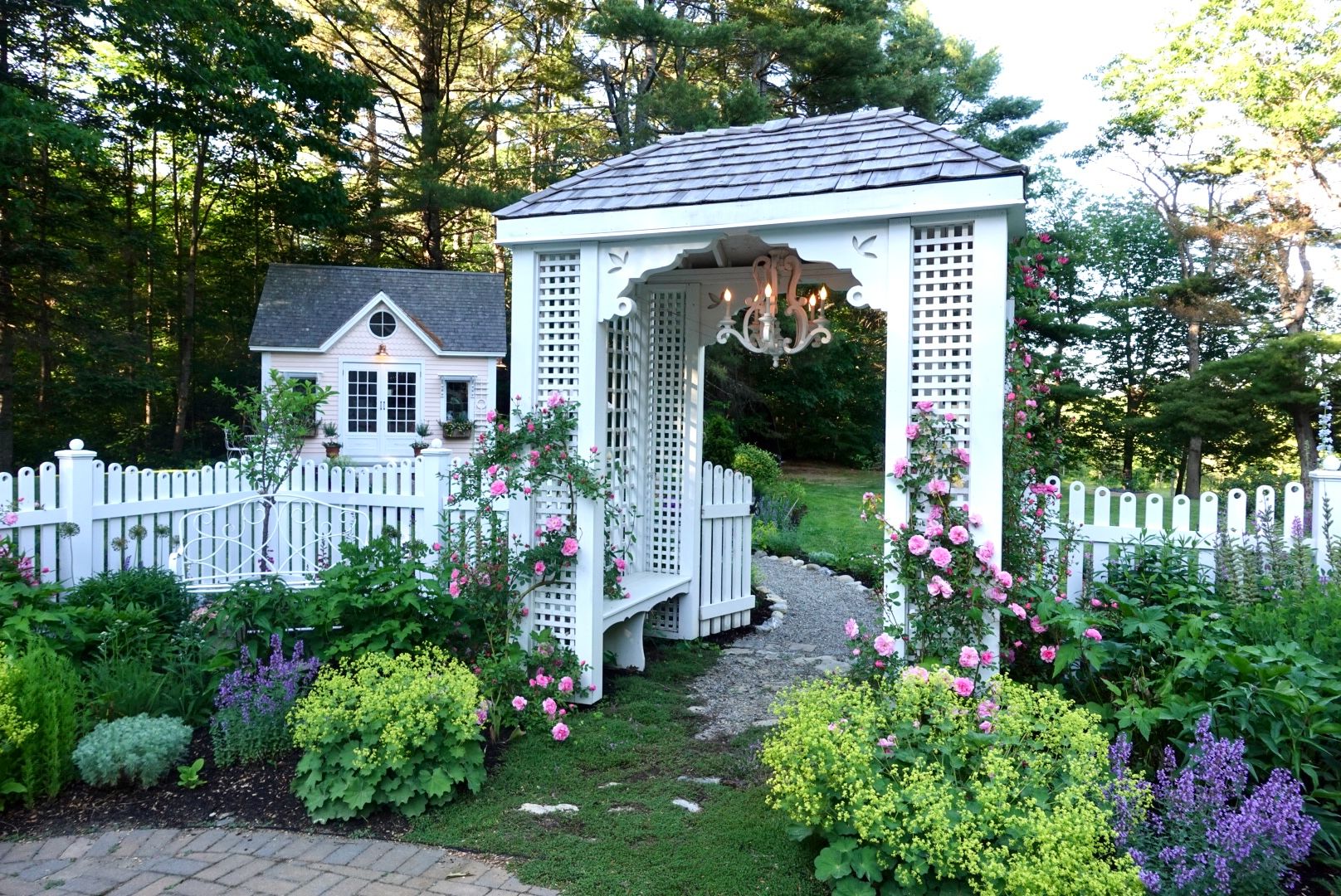Exploring the Beauty of John Davis Climbing roses: A Gardener's Guide

Welcome to the world of John Davis climbing roses, where vibrant blooms and graceful climbers come together to create a breathtaking garden display. In this blog post, I'll delve into the essentials of growing and caring for these remarkable roses, including the zones where they thrive. So, get ready to discover the charm and resilience of John Davis climbing roses as we embark on a journey through their growing conditions and long-term care.
I have been a huge fan of these gorgeous climbers for years! I get so many compliments and comments when I share pictures of mine. They are definitely one of my cottage garden favorites. I have them growing on two different arbors, as well as the fence around the Courtyard here at Clark Cottage Gardens. I know roses are known for being high maintenance but these are really quite simple to care for and continue to bloom profusely for me, year after year.
1. Meet John Davis:
Let's begin by getting acquainted with John Davis climbing roses. Bred by Dr. Felicitas Svejda, a renowned Canadian rose breeder, these roses are known for their profusion of delicate pink blossoms. With their vigorous growth and cascading habit, they make a stunning addition to trellises, fences, and pergolas. They bloom in late Spring and if deadheaded, they will make another, less profuse, appearance later in the season.
2. Growing Conditions and Zones:
John Davis climbing roses thrive in full sun, requiring at least six hours of direct sunlight per day. They are suitable for growing in USDA hardiness zones 4 to 9. These hardy climbers can tolerate various climates, including cold winters, making them a versatile choice for many regions.
3. Planting and Care:
Choose a sturdy support structure, like a trellis, and plant the rose in well-draining soil enriched with organic matter. Water thoroughly after planting and apply mulch to retain moisture and suppress weeds. Regular watering and feeding with rose-specific fertilizer will keep them healthy and blooming.
4. Training and Pruning:
Guide the rose's stems along the support structure using soft ties. Prune in early spring to remove dead or damaged wood and shape the plant. Maintain an open framework for proper air circulation. Try to keep them from getting tangled and crossing over themselves.
5. Long-Term Care:
Monitor for pests and diseases regularly, addressing them promptly. Remove old canes periodically to encourage new growth and better blooming.
Congratulations on discovering the captivating world of John Davis climbing roses! With their cascading beauty and resilience, these roses will bring joy to your garden year after year. By following the simple guidelines for planting, training, and pruning, you can enjoy their stunning blooms and delightful fragrance. If you're in zones 4 to 9, embrace the journey of nurturing these climbers and let your garden flourish with the timeless beauty of John Davis climbing roses.
Sign up to be notified when we open up the doors to
THE COTTAGE GARDEN SOCIETY
An exclusive club for cottage garden lovers
We hate SPAM. We will never sell your information, for any reason.
